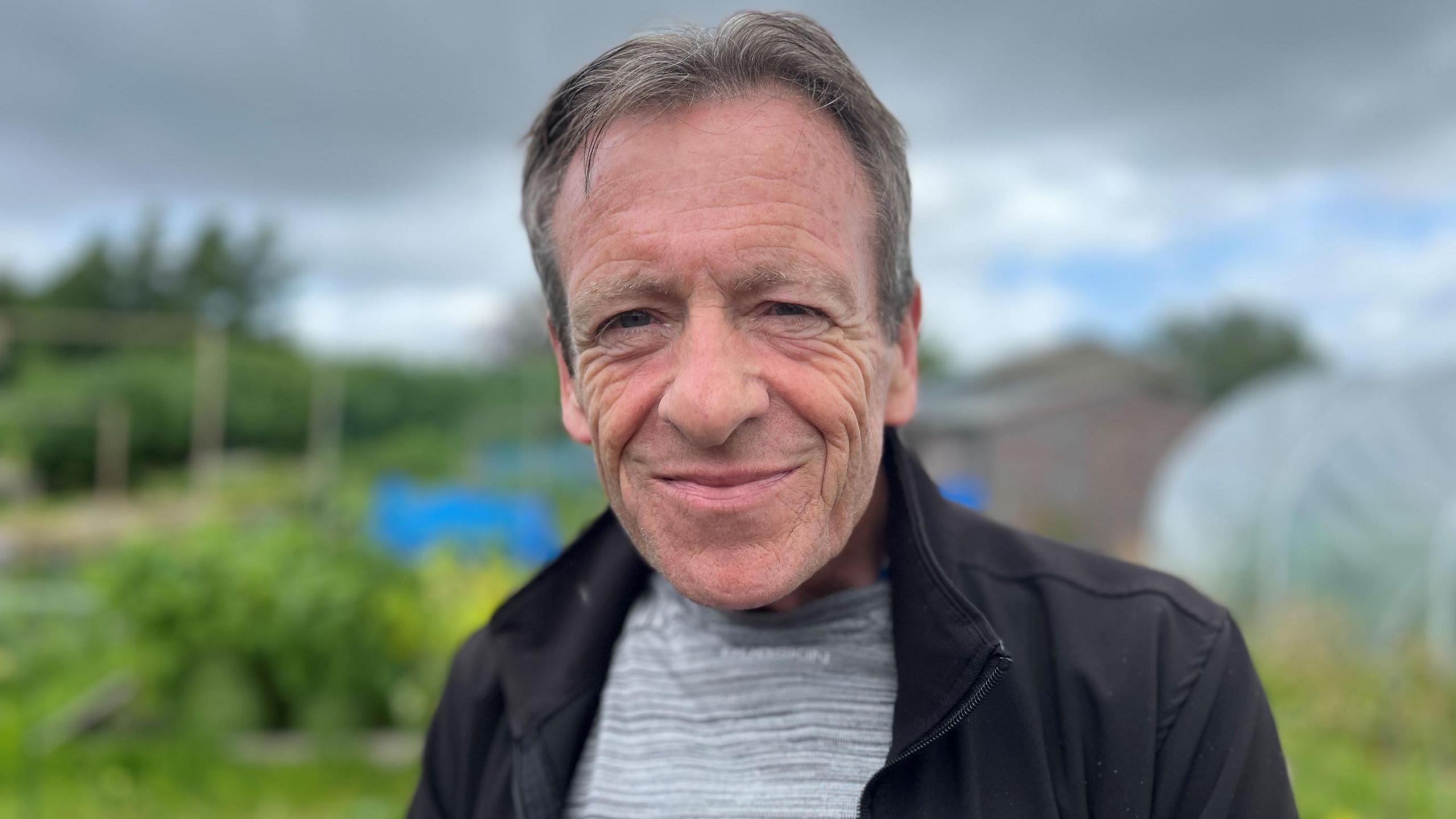Artists celebrate gardens in new Dundee V&A exhibit

The new exhibition explores the role of gardens in human life
- Published
The first planted gardens in Scotland arrived with the Christian monks in the 6th Century.
They were practical places, full of medicinal herbs and nourishing vegetables.
But they gave root to the huge range of spaces we have today, from formal parklands, to community allotments, and seaweed gardens.
They're all celebrated in a new exhibition, Garden Futures, which opens at the V&A Dundee this weekend.
"It's an ancient idea and the origin of human life in many cultures. Think of the Garden of Eden," said Francesca Bibby, one of the show's curators.
"Gardens represent society, culture, art and design.
"They can also be political, therapeutic, environmental, nourishing, practical, aspirational and we tell those stories in the 400 objects in the exhibition."
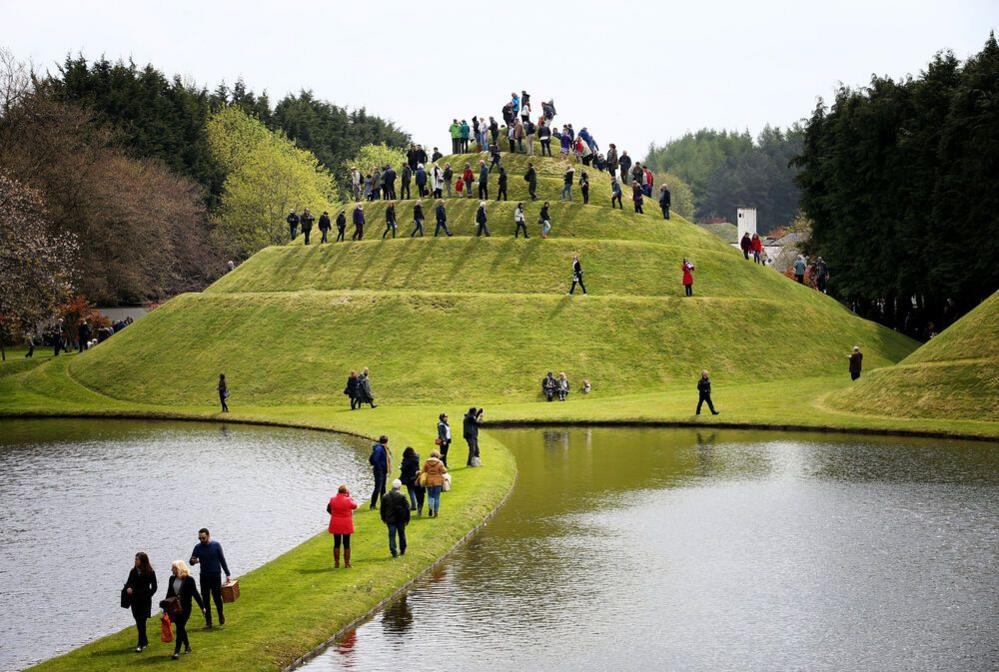
The Garden of Cosmic Speculation in Dumfries and Galloway is open for just one day a year
American architect Charles Jencks designed one of the most spectacular gardens in Scotland in the grounds of his home in Dumfries and Galloway.
His extraordinary Garden of Cosmic Speculation is open to the public just one day a year and is dedicated to his late wife Maggie Jencks, with whom he created the concept of the Maggie's Centres.
The first one came about when Maggie, a keen gardener writer and designer, was diagnosed with breast cancer at the age of 47.
She received the news that her cancer had returned five years later while she stood in a windowless corridor in the Western General Hospital in Edinburgh.
After that, she and her husband vowed to create a better space for people with cancer to go - outside, but near the hospital.
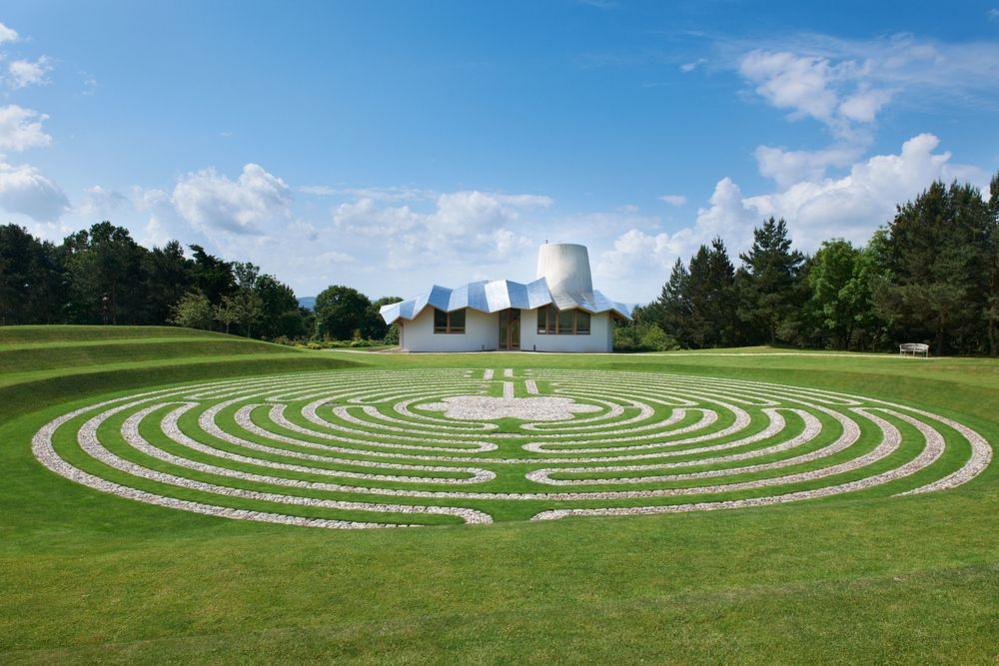
The Maggie's Centre in Dundee offers a peaceful place in nature
Dundee was the second of their 24 centres to open in September 2003.
Designed by Frank Gehry, the gardens were added later to link the centre with Ninewells Hospital.
At their centre is a huge labyrinth designed by Arabella Lennox-Boyd.
"What looks like a puzzle is actually quite straightforward ," said Karen MacKinnon of Maggie's Dundee.
"It can be quite symbolic for how you navigate life when you have a major illness like cancer. How you manage is one step at a time."
The gardens on the other side of the three-acre site offer privacy and peace as well as spaces designed to share.
For many staff at the hospital, it's also a welcome breathing space.
"Through different seasons, these places can work their magic without us knowing it," said Karen.
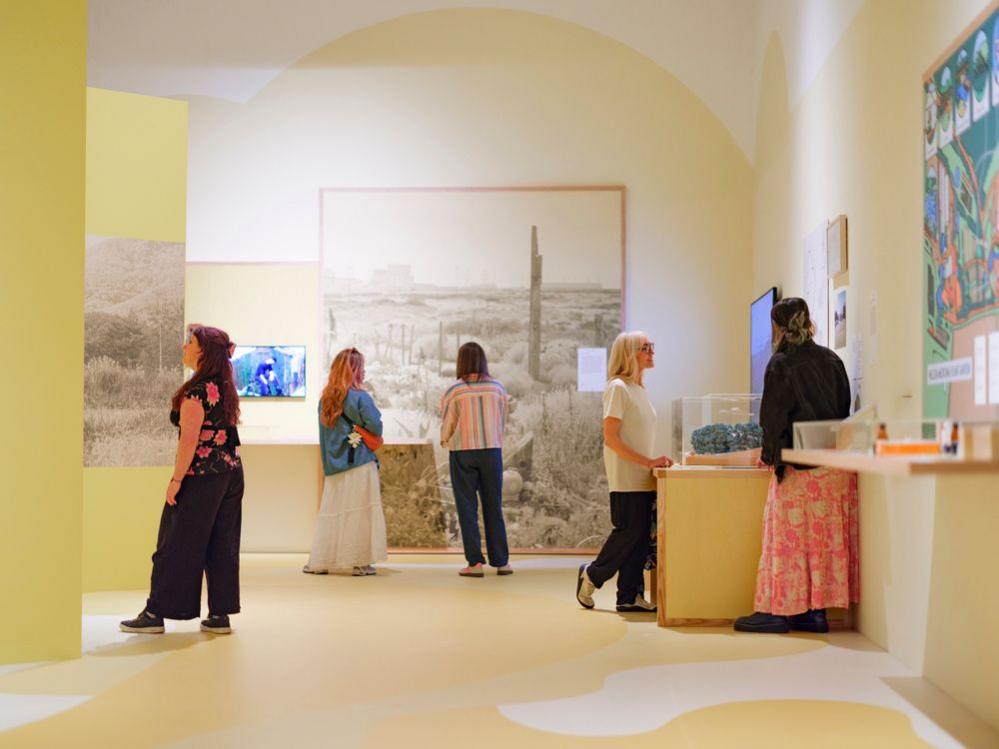
The new V&A exhibit officially opens to the public this weekend
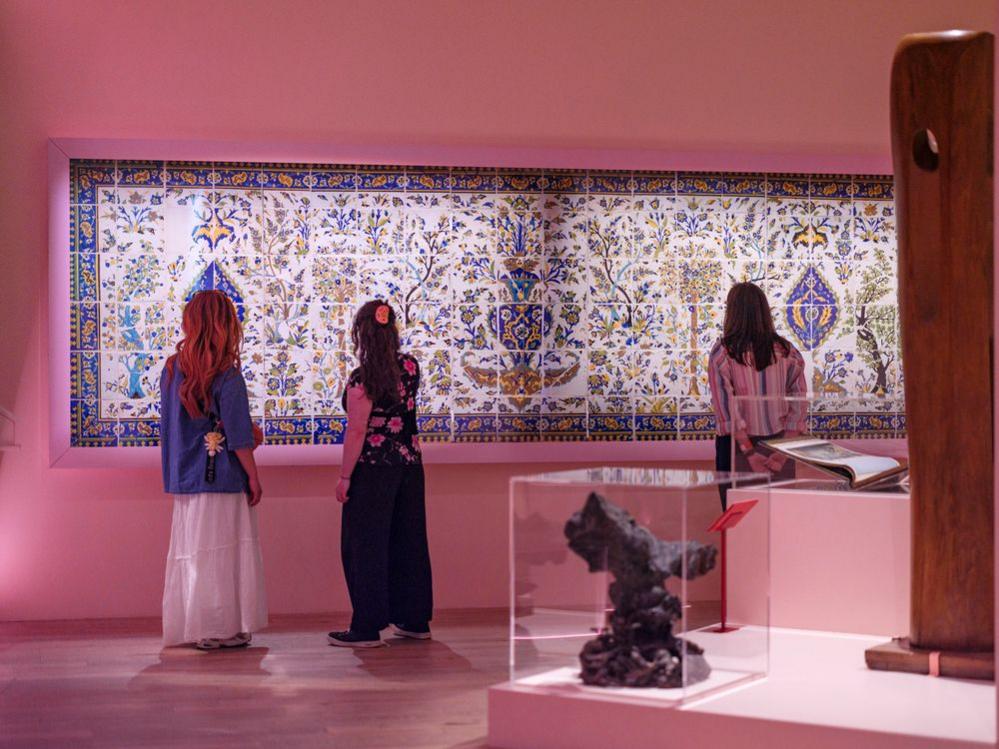
The display explores how people interact with gardens and the role they play in our lives
Other parts of the exhibition show the artistic inspiration of gardens and gardening, and how that inspiration can come full circle.
The artist Duncan Grant, born in Rothiemurchus in the Highlands in 1885, was a member of the Bloomsbury Group, which included famous British writers and artists like Virginia Woolf.
Like many in the group, he was unable to be open about his sexuality.
So his garden in Charleston in Sussex became a sanctuary for the entire group where they could meet, express their art and be themselves.
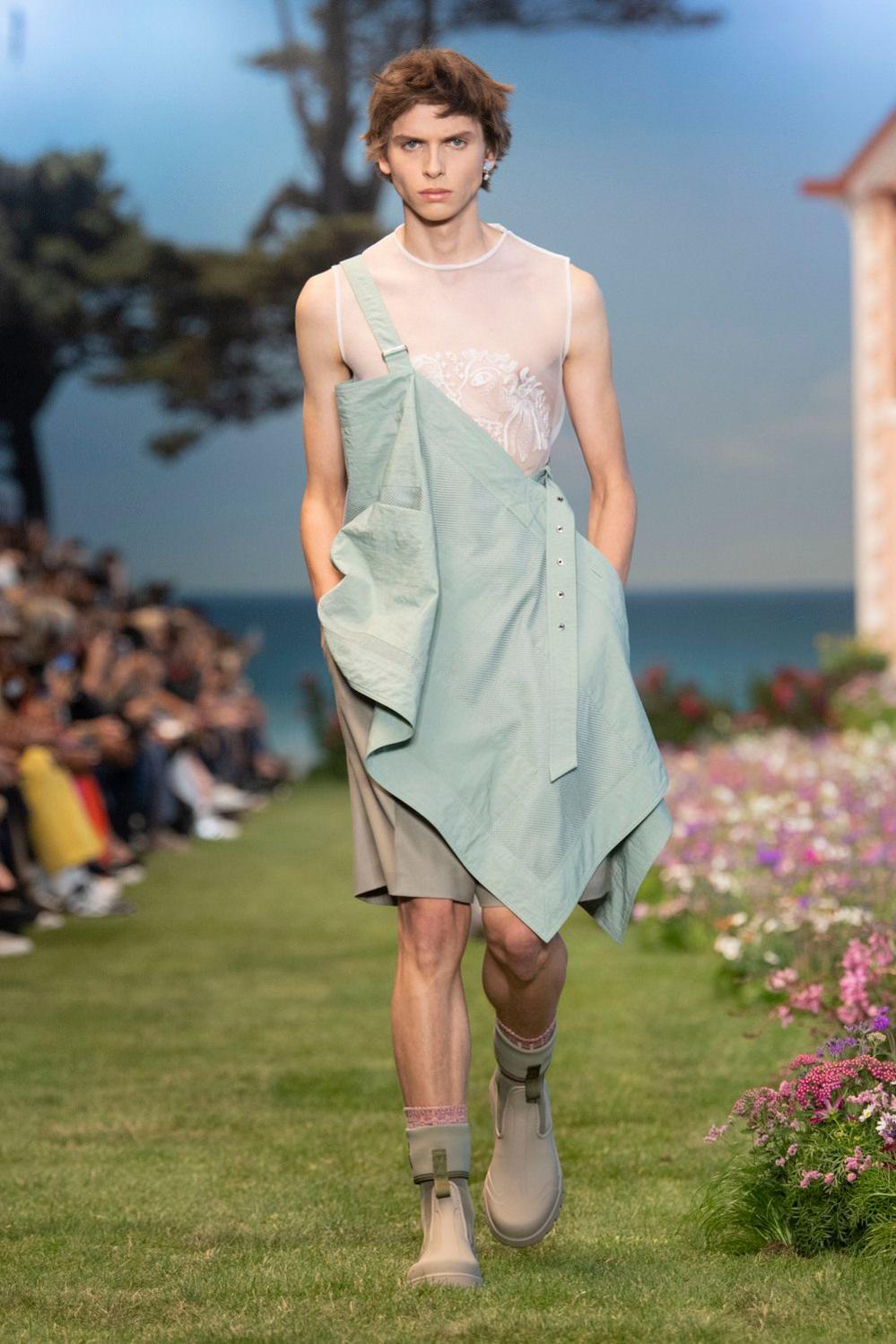
Gardeners have inspired top designers around the globe
That garden in turn inspired Kim Jones of the fashion house Dior to create a collection of menswear for summer 2023, one of which features in the show.
V&A Dundee are keen that the show seeds interest in gardening way beyond the museum.
Among their projects is a "knit and natter" event which will create seeded squares for a garden blanket.
This will be planted along the Dighty Burn in Dundee to restore the vegetation.
The commission is by Alice-Marie Archer, a British artist and designer who uses traditional craft techniques to create knitted hydroponic sculptures in which plants can grow.
Using natural undyed sheep's wool, which absorbs and retains rainwater, she adapts knitting patterns to suit the germination needs of different plants.
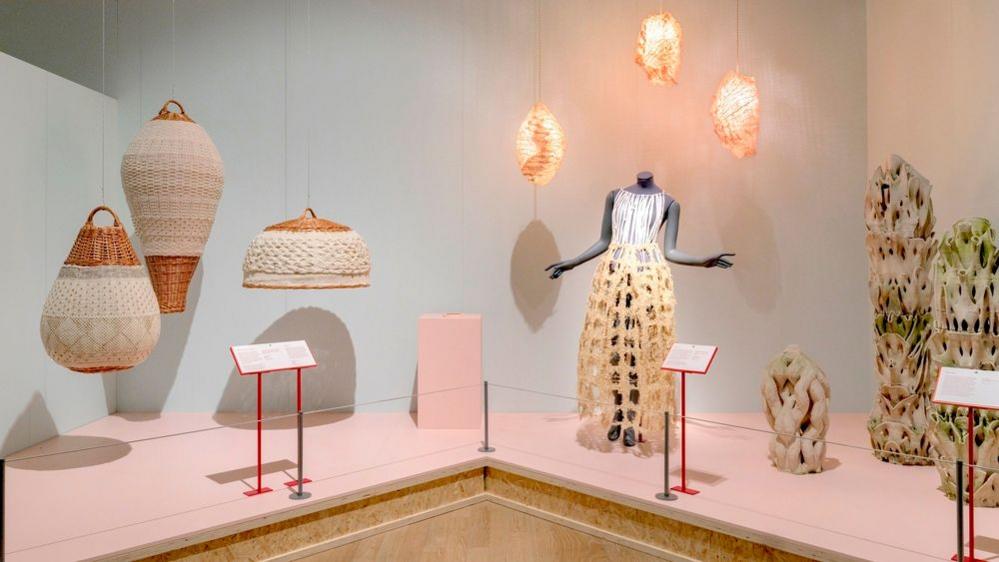
Alice-Marie Archer uses traditional craft techniques in her sculptures
"We hope this exhibition is the launch pad for people's interest in garden," said Francesca Bibby.
"If you're a seasoned gardener, you might learn something new, but equally people who've never gardened and never had a garden can get out there and start planting themselves."
Glasgow designers Andrew Flynn and Eilidh Cunningham never imagined they would be leading the way in 21st Century gardening.
Their company POTR focuses on sustainable design and their most successful product is a flat pack self-watering plant pot made from recycled material.
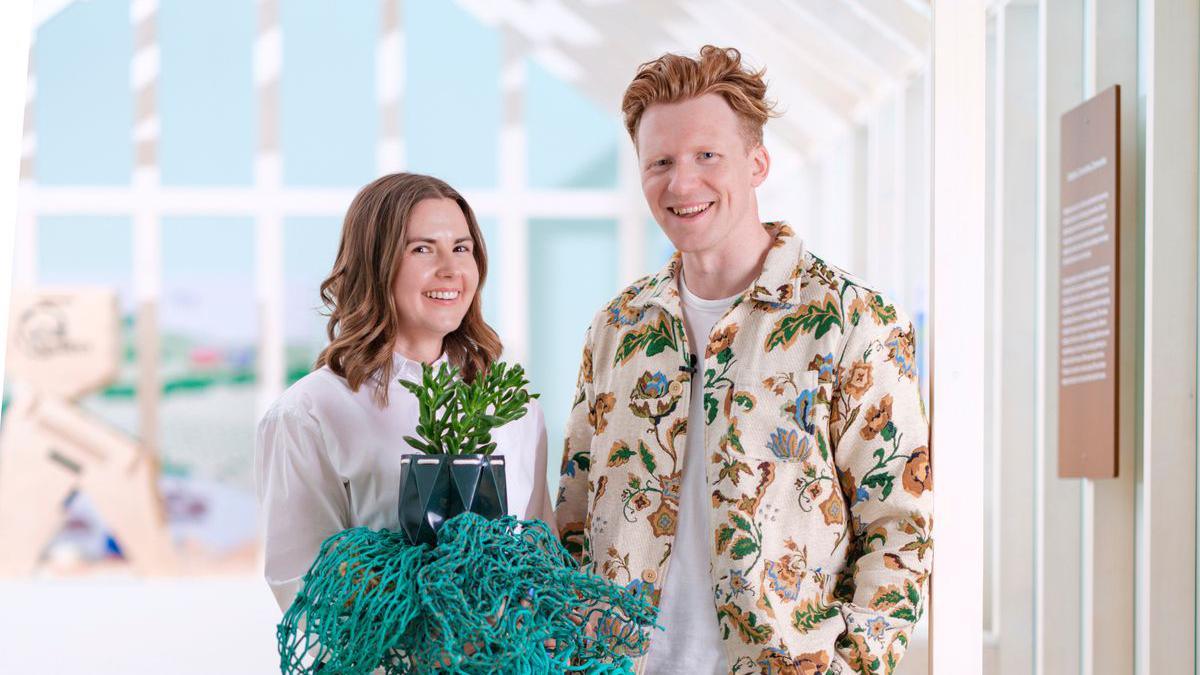
Eilidh Cunningham and Andrew Flynn launched their brand to reuse fishing waste products
"One of the main materials we're using is discarded fishing nets from around the UK," said Andy.
"We have the potential to clear up hundreds of tonnes of this material from our oceans.
"We can use one eco-system to help another."
The flat pack plant pots are both ancient and modern, inspired by Japanese origami but using modern technology to pinpoint the exact location the material has been gathered from.
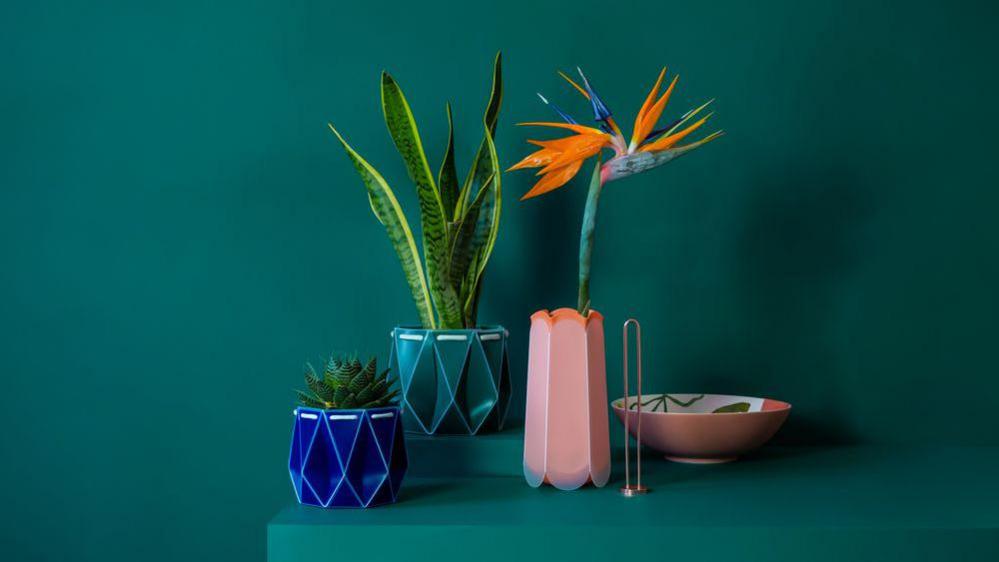
The POTR pots use recycled ocean waste to create new and useful designs
Last year, they secured a major distribution deal in Japan.
"We weren't just non-gardeners," said Eilidh, POTR's chief marking officer. "We were people who struggled to keep a plant alive.
"We come from a design and engineering background, an industry which has a lot of innovation in it - but the humble plant pot has not seen its format change in hundreds of years.
"So we've designed something from the ground up to make gardening and plant care simpler."
Indoor gardeners
These self-confessed former "plant killers" say they're delighted to be given space in the show's final section, which is devoted to gardens of the future.
"We're interested in urban spaces," said Andrew.
"To give opportunities to people who don't have access to a full garden and give them opportunities to grow not just ornamental plants but food.
"Sustainability starts in the decisions you make in the household."
And has the experience turned them into gardeners?
"We definitely appreciate plants and the routine you get from caring for a plant," said Eilidh.
"We've just moved into a top floor tenement flat and we're in the process of creating an indoor garden. So it's definitely turned us into indoor gardeners."
Related topics
- Published10 January 2024
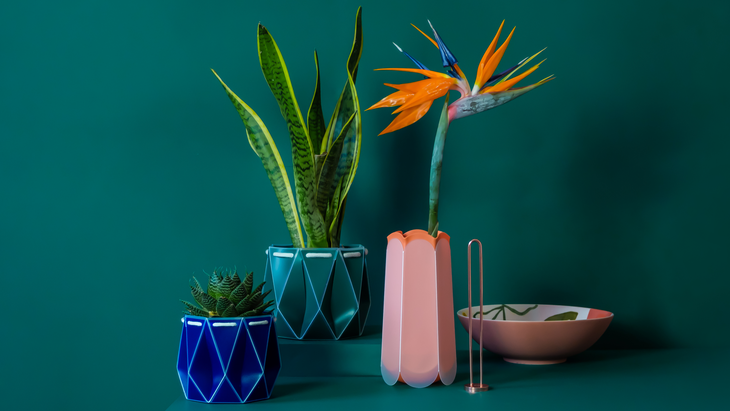
- Published8 July 2024
